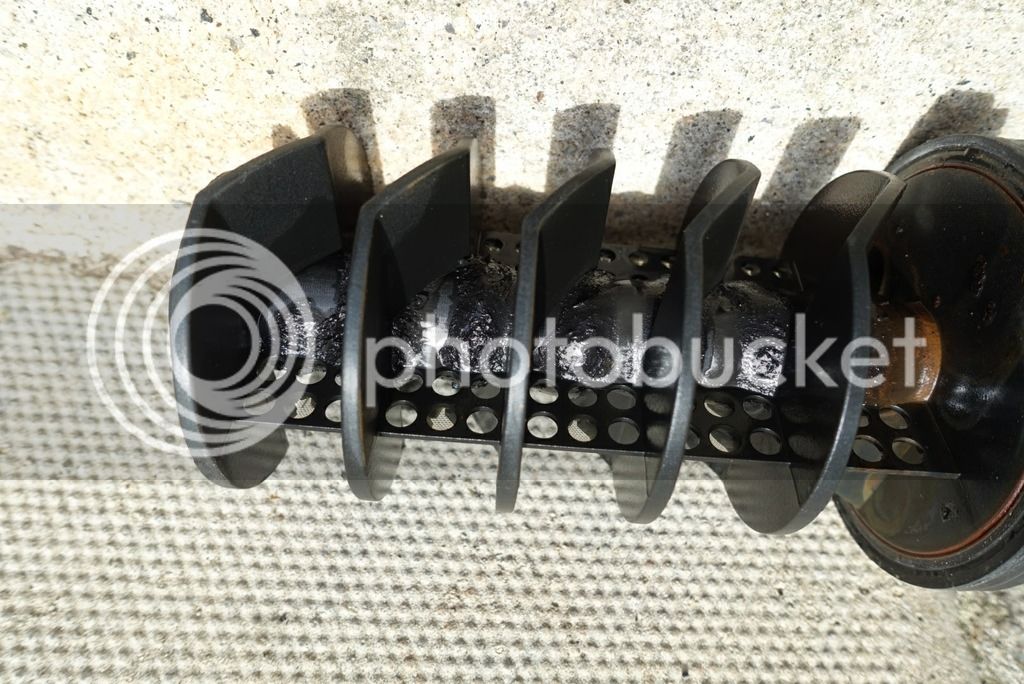transatlantic
Boom!
Has anyone got one of these? What are your experiences?
I believe my radiators are really gunked up, the tell tale hot at top and cold at bottom signs, so was going to pick one of these up. But I suspect that before it can work, I'll need to break up the sludge so it can freely float to the boiler return where this will be installed. Not sure I have the confidence to drain my system though to add the cleaner, so will probably get a plumber for that.
http://www.screwfix.com/p/adey-cp1-03-0 ... 22mm/49961
I believe my radiators are really gunked up, the tell tale hot at top and cold at bottom signs, so was going to pick one of these up. But I suspect that before it can work, I'll need to break up the sludge so it can freely float to the boiler return where this will be installed. Not sure I have the confidence to drain my system though to add the cleaner, so will probably get a plumber for that.
http://www.screwfix.com/p/adey-cp1-03-0 ... 22mm/49961




































